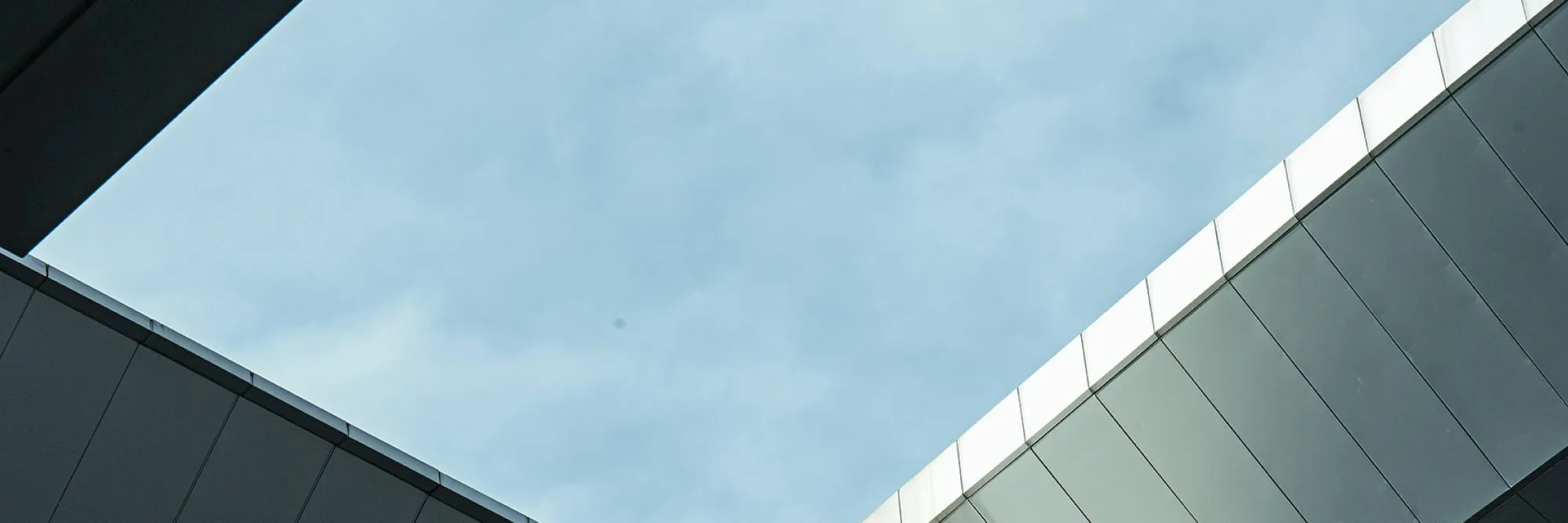Things you Must Know about the Persian Culture
Press Release
Blog Post

You have probably heard about Persian culture as being one of the oldest and most exotic cultures in the world, which you know is true if you have seen it depicted in movies, read a novel set in Iran, or come across a documentary about the intricate making of beautiful Persian rugs.
No matter how you got introduced to the Persian culture, it is undeniably rich in all possible aspects. Here are some things you must know about it:
The Language
The Persian language, also widely known as Farsi, is the official language in modern-day Iran, and it is also spoken in parts of Afghanistan and Tajikistan. Historically, it has developed through three stages: Old Persian, Middle Persian, and Modern Persian. The language comprises 32 letters, is written from right to left, and most letters are connected to one another.
Persian looks similar to Arabic because of the Arab conquest of Persia in the 7th century. This led to the introduction of the Arabic script for writing Persian, replacing the Pahlavi script. The Arabic script was later modified to suit Persian’s unique characteristics.
Traditions and Customs
Iranian culture is full of traditions that might seem unusual to outsiders but are very common among locals. For example:
- Cooling Watermelons in Fountains: It’s normal to spot watermelons in fountains or bodies of water in Iran, as people cool them this way while picnicking.
- Slippers Everywhere: Iranians have slippers for different contexts—house slippers, bathroom slippers, and outside slippers. Hotels even provide plastic slippers in bathrooms for guests.
- Burning Esfand: To ward off the evil eye, people burn wild rue seeds (Esfand) until they crackle while reciting phrases for protection. It’s also common when moving into new homes, accompanied by blessings.
Persian Art
Persian culture is also celebrated for its artistic heritage:
- Persian Carpets: Known worldwide for their vibrant colors and unique designs, these carpets are handwoven with natural materials like wool, silk, and vegetable dyes.
- Persian Pottery: With roots in ancient times, Persian pottery is admired for its shapes, designs, and durability, with many pieces displayed in famous museums.
- Persian Calligraphy: Dating back to pre-Islamic times, Persian calligraphy is renowned for its elegant style, especially “Nastaʿliq,” which developed over centuries.
If you want to experience Persian culture for yourself, make sure to visit the Persian Court at Ibn Battuta Mall.
